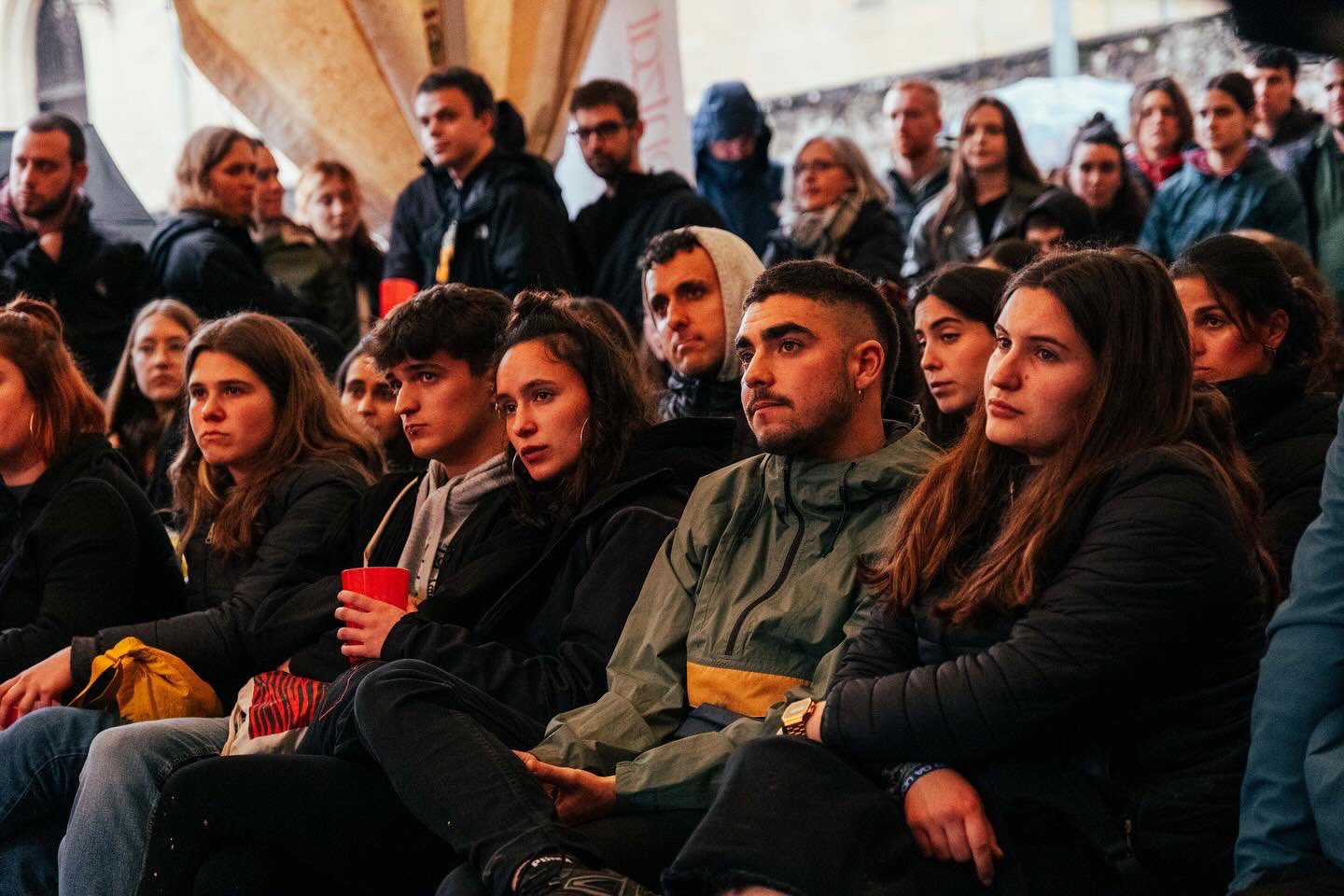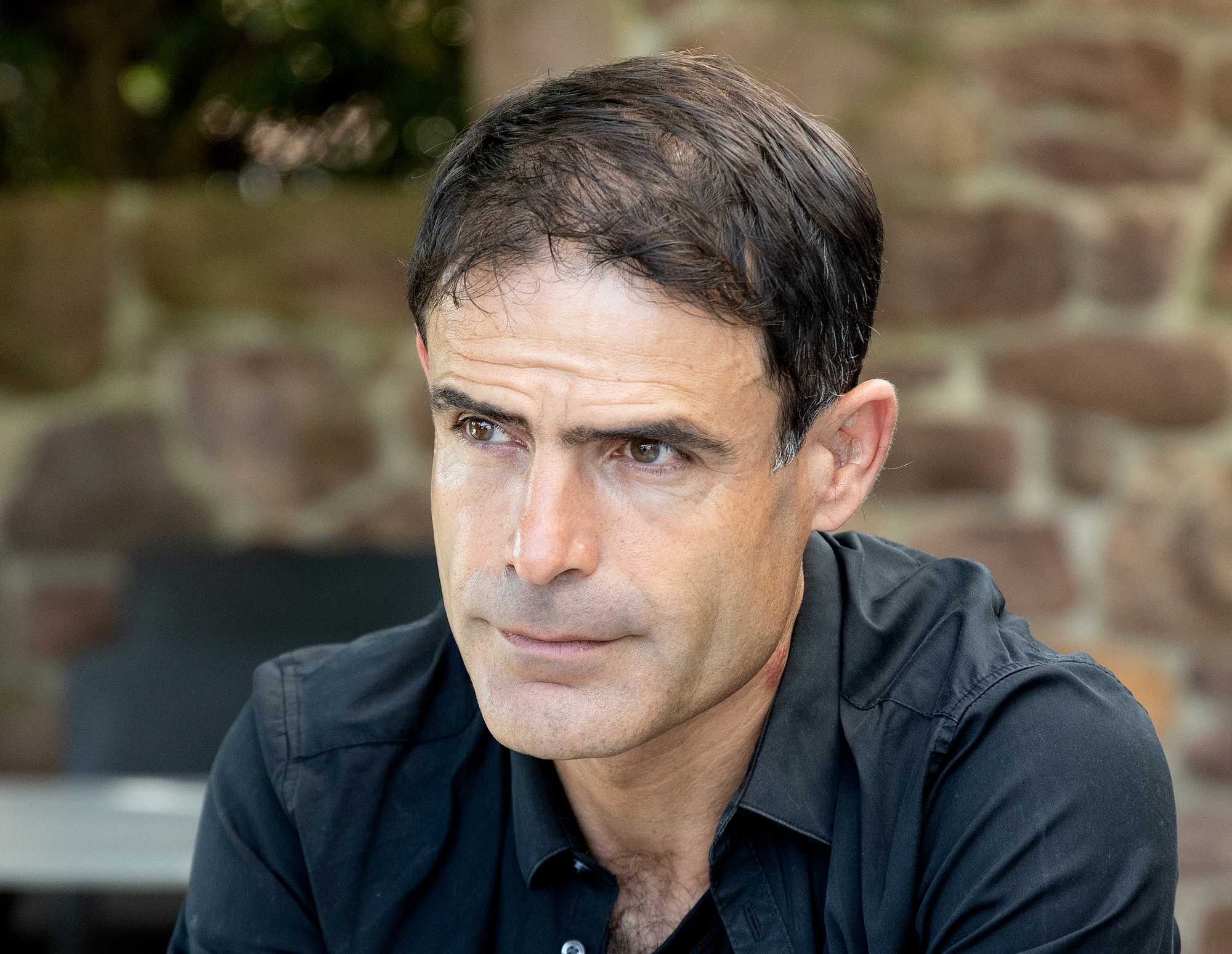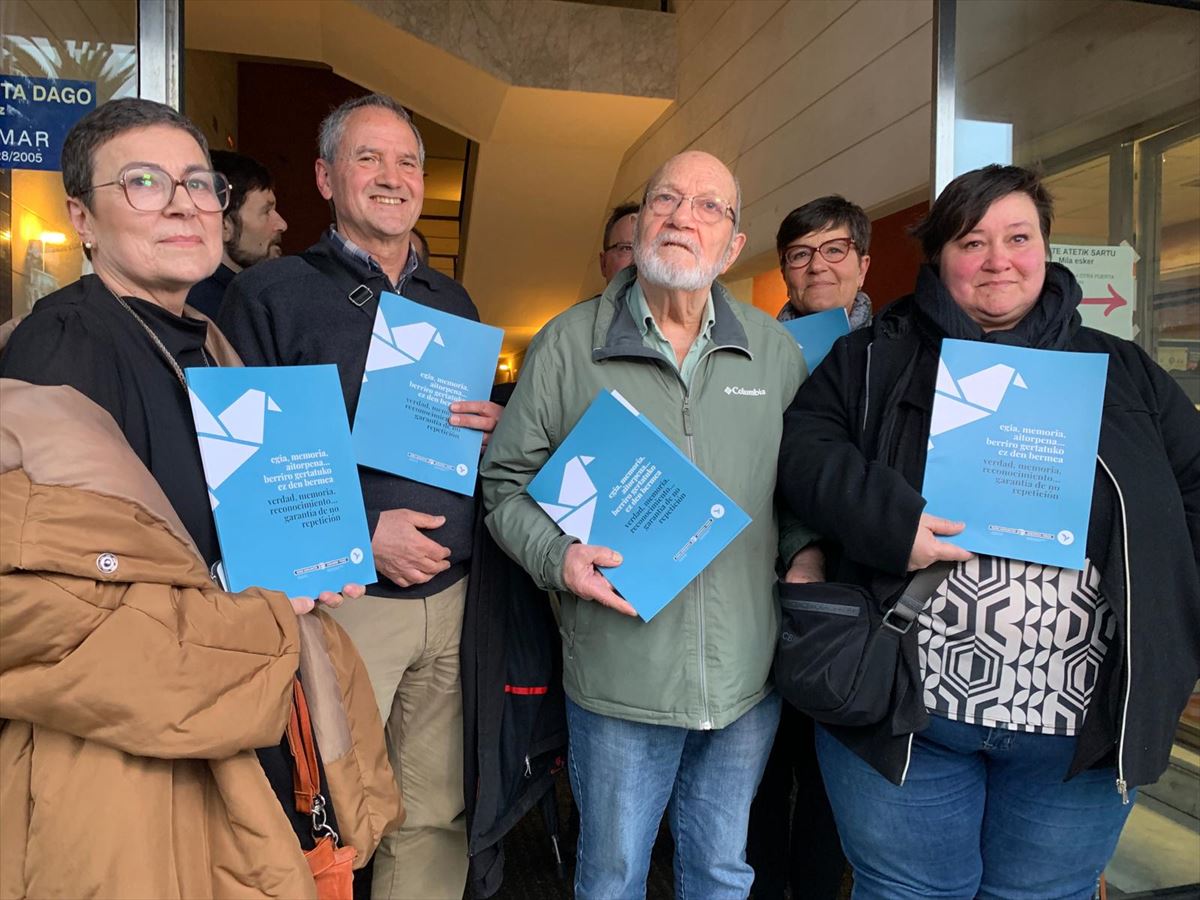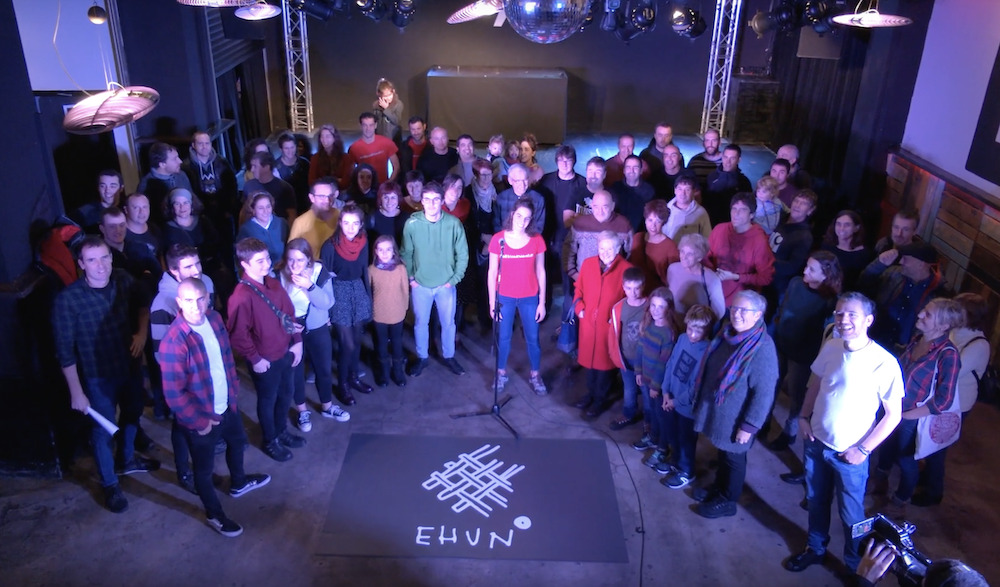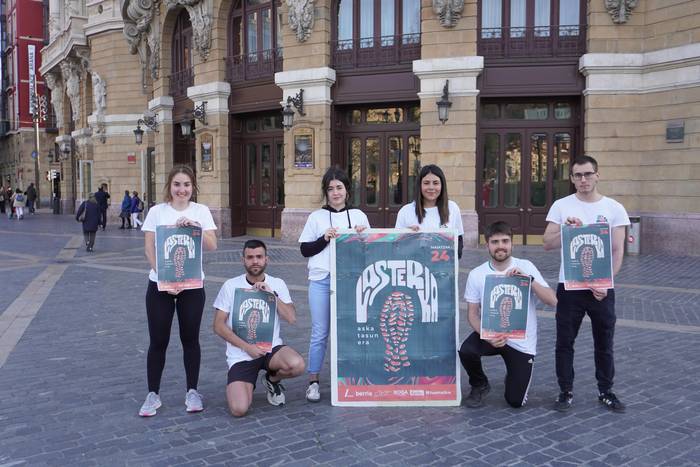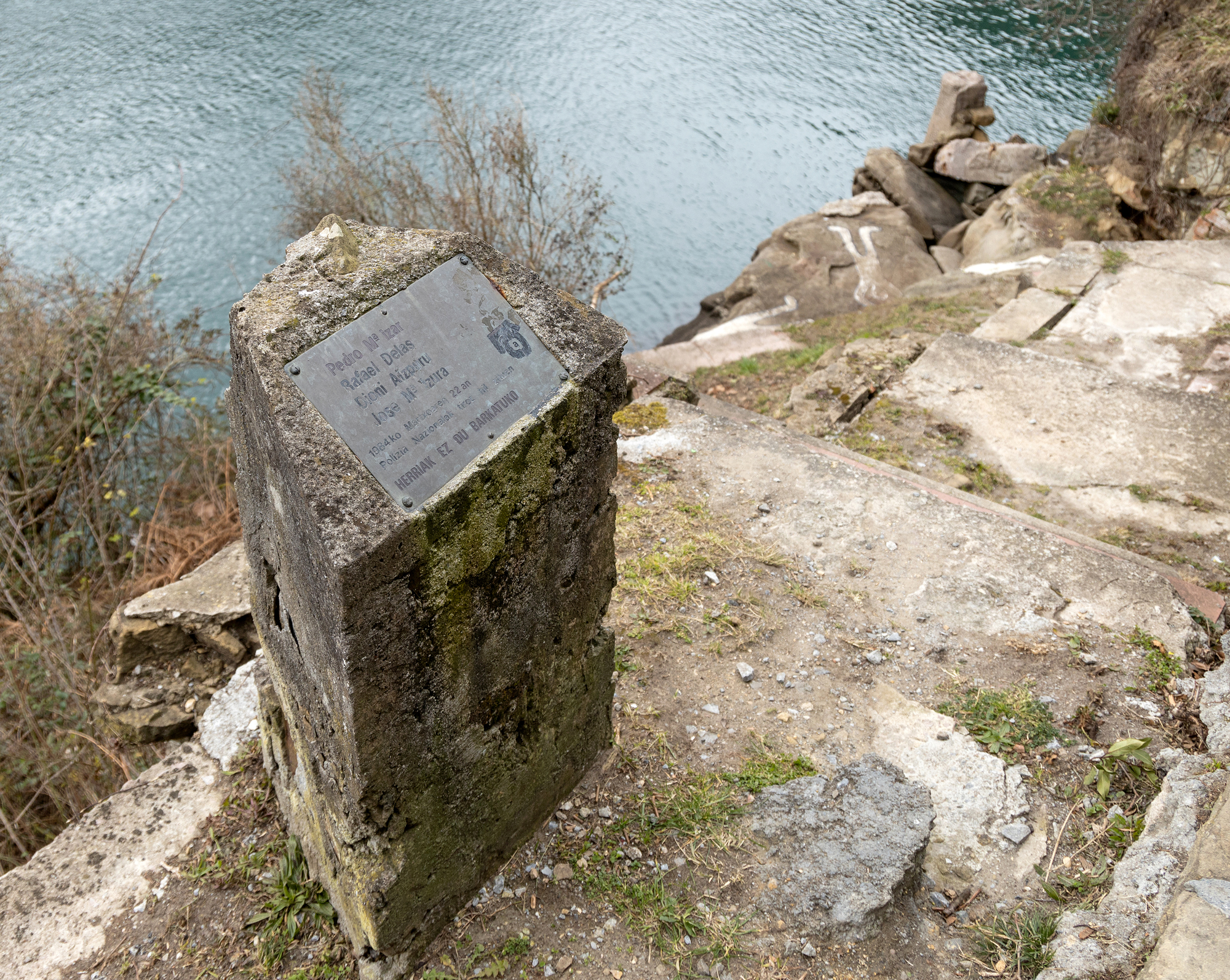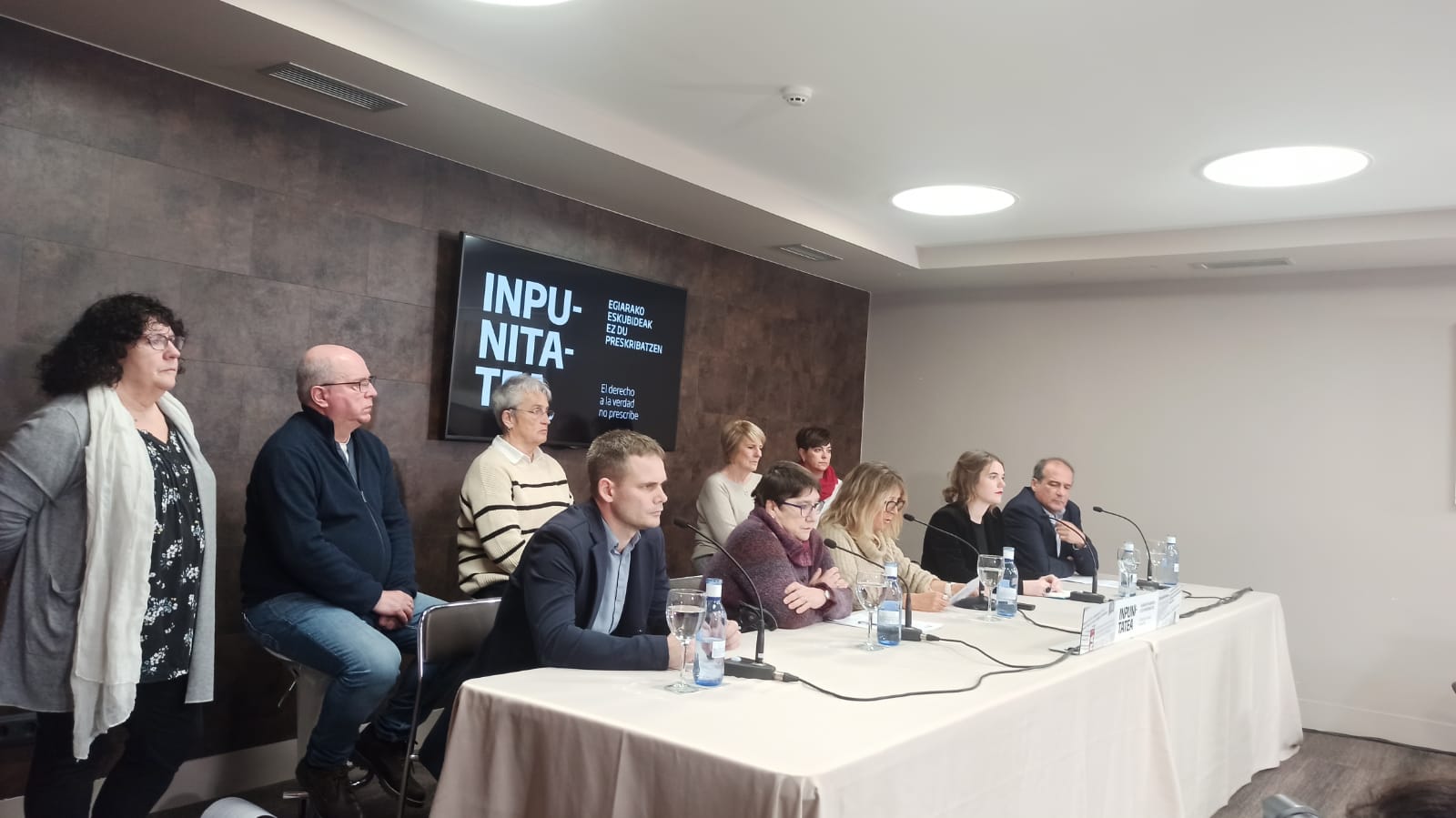The assassination of Ordóñez in the context of "Oldázar" and "Alternative democrática"
- This Thursday marks the 30th anniversary of the murder of ETA councillor Gregorio Ordóñez of PP in San Sebastián. It was an attack that caused a special impact in Basque society for several reasons. He opened the door to the attacks against the councilors of the PP and the PSOE.
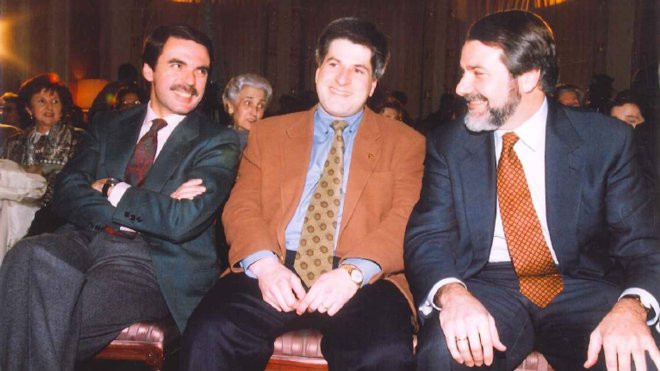
Gregorio Ordóñez was a councillor in San Sebastián and leader of the people of Gipuzkoa, who was making an ascendant career within the party, and who had in mind the mayor of San Sebastián. It was not easy to imagine a PP in the City Hall of Donostia-San Sebastián, and it was also difficult, but not impossible, for it to actually happen. His dreams were not trivial; in the two elections of 1994 – the European Parliament and the Basque Parliament – the PP was the first political force in San Sebastian. In May 1995, municipal elections were held and he was killed at a preparatory lunch in a restaurant in San Sebastián.
The PP's were in foams with this route. In Spain the PP was consolidating and also in the Basque Country. José María Aznar was already the leader of the opposition in Spain and won the elections in 1996 to Felipe González of the PSOE. In the 1994 elections of the Basque Parliament, the PP won 11 parliamentarians –five more than in 1991–, in the 1998 elections sixteen and in 2001, headed by Jaime Mayor Oreja, reached the top with nineteen to become the second parliamentary force.
It was in this context of the rise of the Popular that ETA killed Ordóñez. The Treaty of Ajuria Eneko, signed by all the main parties against ETA in 1988, had a hard time making its way, but once it started, by mid-1990, ETA was strong and was relegating, and with it the patriotic left. The latter, however, still showed great political and social strength. But the gaps in the nationalist left were growing, ETA could not sit down to negotiate with the Spanish government, while the state was hitting it harder and harder.
From Bidart to Oldthink
One of these major blows was the fall of the collective management of ETA Artapalo in Bidart in 1992. A great setback, but not enough to follow. The state would dismantle the leadership of ETA again and again, but the armed organization restructured itself again and again. On the road to ETA’s weakening, this was a dynamic of many years.
The strategy of ETA since the 1980s was to negotiate with the state, but after the negotiations in Algiers it was not foreseen and ETA decided to give one more turn to the screw of the armed struggle and not just any other: that is where the strategy of Oldtz is located. It was approved in 1994 within the ETA and appropriated by the National Bureau of the HB two days after the murder of Ordóñez.
What about Oldtzen? It would take a long time to explain, since it was a strategy that basically affected the entire Basque National Liberation Movement (ENAM), but one of the pillars of its thinking was: ETA could not bring the Spanish government to the negotiating table, so it was necessary to tighten the armed pressure, and for this there were several ways - the great increase of street fighting was also launched in this context. On the one hand, it would expand the scope of its actions, and if until then it mainly targeted members of the Spanish police and armed forces, from now on ETA’s actions would also be extended to politicians, journalists, judges and others.
That’s why Ordóñez’s strategy was very significant, because as a result of this strategy, ETA, among others, faced dozens of councilors from the PSOE or the PP. There was a great earthquake in Basque society as a whole and one of the largest on the Basque Nationalist Left. By the mid-1990s there was already a great debate about the armed struggle within him.
The Democratic Alternative: Renewal of the KAS alternative
Within the HB, this division was reflected in two presentations: the aforementioned Oldtzen and the one that confronted Awar, led by Patxi Zabaleta and other militants who would later settle in the political party Aralar. The former easily prevailed over the latter (71%-16%, according to HB). In the assemblies of the people of the HB it was difficult to prevail alternatives to official positions, it happened sometimes, but rarely; although in the social spheres of the patriotic left the critical approach to armed struggle was broader, in the militant areas the official approach prevailed in general.
If since then any concept has been firmly attached to Oldthink, this is the “socialization of suffering.” As Emilio López Adan Negra points out in his book Armed Struggle in the Basque Country, however, this was not a concept used in the documents of the Patriotic Left, but “to socialize the consequences of the struggle”.
In any case, Oldartu was one of the legs of the new movement, which would be followed by the Democratic Alternative presented by ETA in April 1995, which aimed to bring about the renewal of KAS Initiative. The latter was the strategic axis of ENAM after Franco’s death, when it was presented in 1976 by ETA as a minimum alternative for laying down arms. Basically, according to Alternative Coalition, after ETA negotiated with the Spanish government, the latter had to guarantee the right of decision of the Basque Country, and then the parties had to carry out this route. It was the starting point for an approach that would later come in the form of an outline of the two negotiating tables, but that outline would not come into effect until the Loiola and Oslo negotiating sessions.
After the assassination of Ordóñez, hit the point higher and in April 1995 ETA detonated an explosive bomb against the leader of the PP, José María Aznar. The armor of his car protected him and the driver, but the explosion killed Margarita González Mansilla, who was in bed in a nearby house.
Aberri Eguna elkarrekin ospatzeko xedez sortu zen Euskal Herria Batera plataforma. Aurten, ikusgarri bat eskainiko dute apirilaren 11n, Manex Fuchs antzerkilariaren, Lorea Agirre idazlearen eta Martxel Rodriguez dantzariaren eskutik.
The writer Juan Bautista Bilbao Batxi worked in a boat and sent the chronicles of his travels to the newspaper Euzkadi. Thanks to this, we have interesting chronicles in Basque from around the world from the beginning of the 20th century. In June 1915, he made his stop in... [+]
Fusilamenduak, elektrodoak eta poltsa, hobi komunak, kolpismoa, jazarpena, drogak, Galindo, umiliazioak, gerra zikina, Intxaurrondo, narkotrafikoa, estoldak, hizkuntza inposaketa, Altsasu, inpunitatea… Guardia Zibilaren lorratza iluna da Euskal Herrian, baita Espainiako... [+]
Azken astean ezagutarazi moduan, Eusko Jaurlaritzaren Balorazio Batzordeak txosten banatan aitortu ditu estatuaren biktima gisa. Justizia sailburuak ekitaldi pribatu banatan entregatu dizkie dokumentuak.
Independentziaren aldeko ekimenak aurrera eramateko baliabide faltagatik "itzaliko" da. Aurretik, Euskal Herri osoko 101 udaletan independentzia mozioak erregistratuko dituztela iragarri dute, euskal errepublikaren aldeko prozesuan urratsak egiteko. Baliabide faltaz... [+]
Kirola eta aldarrikapena uztartuz, maiatzaren 24an Bilbo gazteria independentistaz beteko da. Lasterketa honen bitartez, Euskal Herriaren askatasunaren aldeko balioei lekua egin nahi diote gazteek, independentziarako bidean daudela erakutsiz.
Rosa Zarra Ertzaintzaren pilotakada baten ondorioz hil zela da Eusko Jaurlaritzako Poliziaren Biktimen Balorazio Batzordeak atera duen ondorioa, Berria-k jakinarazi duenez. Orain arte, Ertzaintzak beti egin dio uko bertsio horri, eta Rosa Zarra berak zuen gaixotasunaren ondorioz... [+]
“Saihestu egingo dira giza eskubideen, ordenamendu juridikoaren eta espetxeetako tratamendu psikosozialaren aurkako balioak eta jarrerak babestea, justifikatzea eta goratzea ekar dezaketen adierazpenak”, dio, besteak beste, agiriak. Azaroan Eusko Jaurlaritzako... [+]
Espainiako Poliziak duela 41 urte hil zituen tiroka Dionisio Aizpuru, Pedro Mari Isart, Jose Mari Izura eta Rafael Delas gazteak, Komando Autonomo Antikapitalistetako kideak.
GALeko biktima talde batek eman du kereilaren nondik norakoen berri Bilbon egindako prentsaurrekoan, Egiari Zor fundazioak eta Giza Eskubideen Euskal Herriko Behatokiak lagunduta. GALen aurkako eta, zehazki, José Barrionuevoren aurkako kereila aurkeztuko dute.
Asteazken eguerdian berreskuratu du askatasuna astigartarrak, zigorra osorik beteta. Espainiako Auzitegi Nazionalak otsailean inputatu zuen ETAren zuzendaritzako ustezko beste lau kiderekin batera, Gregorio Ordoñezen hilketa leporatuta.
Martxoaren 13an lau urte bete dira Fran Balda arbizuarra istripuz hil zela. Preso, iheslari eta deportatuen etxeratzearen alde egin zuen lan, eta haren bost kidek idatzi diote gutun hau.








